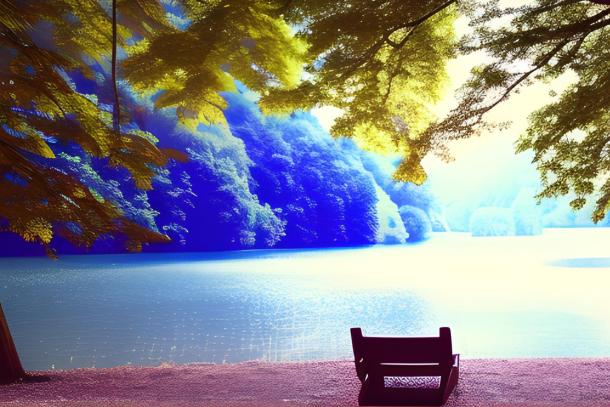Discover Relaxation Through Watercolour Painting – A Beginner's Guide
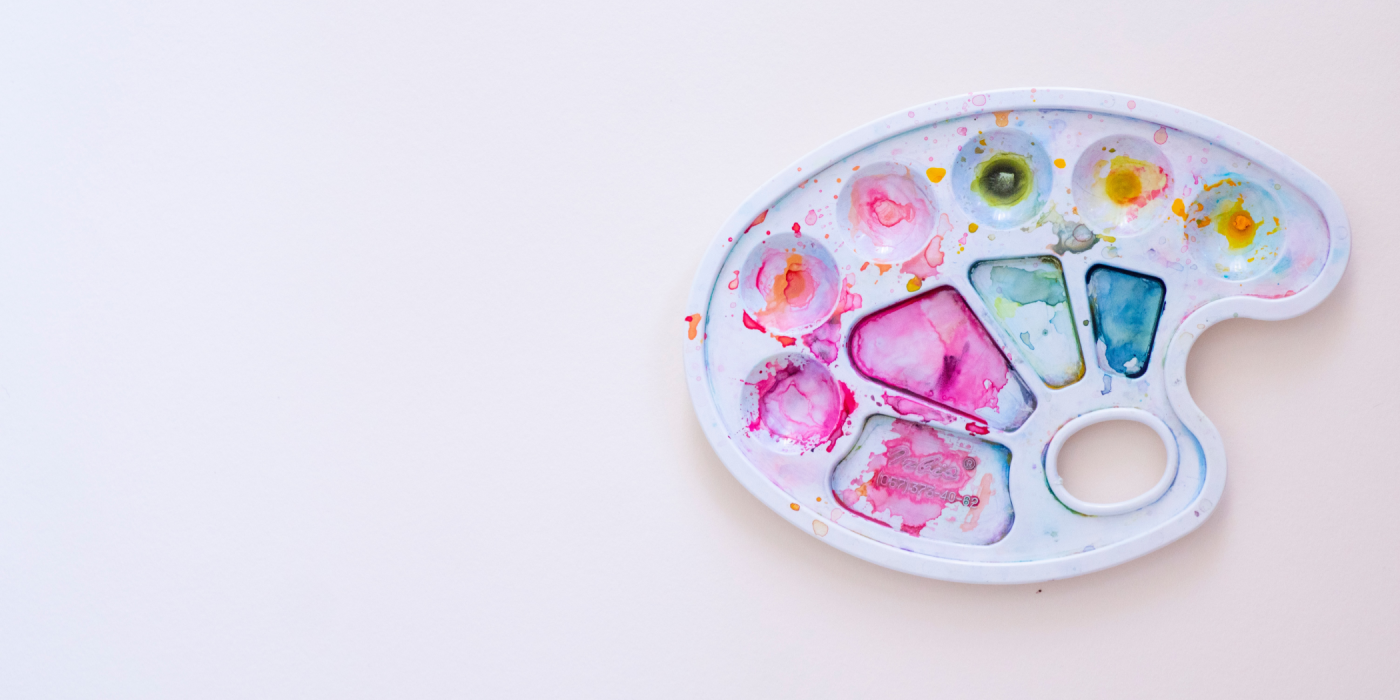
In our bustling lives, finding a sanctuary of calm and tranquillity can sometimes feel like a daunting task. Fortunately, creative activities provide a unique path to relaxation, with their therapeutic benefits being widely recognised by psychologists and researchers alike. Among these soothing pursuits, watercolour painting holds a special place.
Watercolouring, with its graceful strokes and serene colour palettes, invites us to slow down and engage with the present moment. As the brush dances across the paper, we are drawn into a world where our thoughts and feelings are expressed in the form of vibrant hues and delicate shapes. This mindful immersion into the creative process can help alleviate stress, foster emotional healing, and ignite joy.
Embarking on a Journey of Relaxation through Watercoloring
Given its calming potential, watercolour painting has become a cherished relaxation technique for many. But if you're just starting out or wish to explore this tranquil realm, you might wonder where to begin. This is where our guide comes into play.
This step-by-step guide aims to serve as your compass in the colourful world of watercolour. We'll explore the essential tools you'll need, learn some basic painting techniques, and guide you through creating your first piece. The aim here isn't to become an accomplished artist overnight but rather to help you engage with the process of watercolour as a means of relaxation. So let's dive in, shall we?
Understanding Watercolours
Journey into the World of Watercolours
Watercolour painting, a centuries-old art form, has a unique charm that has captivated artists and enthusiasts alike. Originating in Asia and steadily spreading to the Western world, it offers a whimsical blend of unpredictability and control that defines its allure. Its character lies in its inherent fluidity, where the pigments, suspended in water, flow freely on the paper, often creating unexpected and beautiful effects.
Unlike oil or acrylic paints, watercolours are translucent, offering a luminous quality that can capture the subtlest nuances of light and shade. They are easily diluted with water, allowing for a vast range of tonal effects - from the boldness of a vivid sunset to the delicate hues of a spring morning. This unpredictability and variance bring an element of surprise to each stroke, which can make the painting process a joyously immersive experience.
The Art of Relaxation with Watercolours
Watercolouring's true magic, however, lies not just in the resultant artwork but also in the meditative process of its creation. The gentle sweeping of the brush, the blending of colours, the observation of pigment spreading across the paper - these actions require certain present-focused attention that can induce a state of mindfulness.
It's a practice that involves acceptance and surrender to the spontaneous dance of water and pigment, which can be therapeutic. This surrender can foster a sense of letting go, allowing for reduced stress and a serene sense of relaxation. In essence, watercolour is not just about creating art but about experiencing a tranquil journey guided by colour and water.
Materials Needed for Watercolouring
Essential Tools for Watercolouring
To embark on your relaxing watercolour journey, you'll need a few essential tools. These include:
Watercolour Paints
These are your primary medium. Watercolour paints come in a variety of forms, including tubes and pans. Tubes are filled with liquid paint and offer vibrant, deep colours. Pans, on the other hand, are solid blocks of paint that are activated with water and are typically more portable. Both can produce beautiful results, so the choice is often down to personal preference.
Brushes
A selection of brushes is also crucial for watercolouring. For beginners, a small assortment will suffice – consider a round brush for versatile strokes, a flat brush for washes, and a detail brush for smaller elements.
Watercolor Paper
This is not just ordinary paper. Watercolour paper is specifically designed to hold water and paint without warping or deteriorating. It comes in different weights, textures, and sizes. The most common type used by beginners is cold-pressed paper, which has a slightly textured surface ideal for a range of painting styles.
Choosing the Right Materials for Beginners
For those starting their watercolour journey, you may feel overwhelmed by the array of choices. It's advisable, to begin with a basic set of paints – look for a set that includes the primary colours along with black and white. This will enable you to mix a wide range of hues.
When it comes to brushes, a starter kit with a variety of sizes and shapes will serve you well. Finally, for paper, opt for a pad of cold-pressed paper as it is versatile and forgiving for beginners.
Remember, the goal is relaxation, not perfection. Choose materials that appeal to you and make you feel excited to start painting.
Step 1: Setting Up Your Workspace
Creating a Calming and Organised Workspace
Before you embark on your creative journey with watercolours, it's essential to establish a calm and organised workspace. This step is more than mere preparation; it is a foundational element of the therapeutic process of painting. Start by selecting a spot where you feel comfortable and at ease - it could be a dedicated desk in your home office, a quiet corner of your living room, or even an outdoor spot if the weather allows.
Once you've chosen your location, keep it clean and clutter-free. An organised workspace allows for a smooth painting process, reducing distractions and frustrations. Arrange your paints, brushes, water pots, and paper so they are easily accessible. Consider using a tray or a dedicated box to keep your materials in order.
Maintaining a Relaxing Environment
Now that your workspace is set focus on making the environment as relaxing as possible. Natural lighting can play a crucial role in creating a calm atmosphere; it's gentle on your eyes and enhances the true colours of your paints. Try to set up your workspace near a window where you can benefit from sunlight. If you're painting in the evening, a warm, soft desk lamp can create a soothing ambience.
Furthermore, consider incorporating some calming background sounds. Soft instrumental music, nature sounds, or even the gentle hum of a white noise machine can contribute to a serene environment. Aromatherapy can also be beneficial - a diffuser with a few drops of lavender or bergamot oil can help create a more tranquil space.
Remember, the aim is to make your painting experience as enjoyable and relaxing as possible. So take your time to create a workspace that invites calmness and creativity.
Step 2: Basic Watercolour Techniques
Understanding the Techniques
Watercolour painting offers a wide array of techniques, each bringing a unique depth and texture to your work. To start, let's focus on three fundamental methods: wet-on-wet, wet-on-dry, and gradient washes.
Wet-on-wet is a technique that involves applying wet paint onto a wet surface. This method allows the colours to spread and blend naturally, creating soft edges and transitions, perfect for depicting gentle skies or mirroring effects on water.
In contrast, the wet-on-dry method is when you apply wet paint onto a dry surface. This technique allows for greater control and produces sharp, defined edges, making it ideal for detailed subjects like buildings or foliage.
Lastly, the gradient wash technique involves gradually diluting the paint to create a fade effect. Starting with a highly pigmented mixture, you add more water as you move down the paper. This is fantastic for capturing diverse lighting effects, such as a sunset fading into twilight.
Practice Makes Perfect
Now, it's time to put these techniques into practice. For each technique, try the following exercises:
-
Wet-on-wet: Paint a basic sky scene. Wet your paper with clear water, then add dabs of blue paint and watch them spread and blend to create a sky.
-
Wet-on-dry: Paint a simple tree. Start with a dry piece of paper, then apply the paint in the shape of a tree to see the defined edges.
-
Gradient wash: Create a sunset. Begin with a bold orange at the top of your page and gradually dilute the paint with water as you move downwards to mimic a fading sunset.
Remember, the goal isn't perfection; it's to relax and enjoy the process. Happy painting!
Step 3: Creating Your First Watercolour Painting
Your Canvas Awaits
Having acquainted yourself with the tools and basic techniques, it's time to create your first watercolour painting. Let's choose a simple, calming subject for our first piece - a serene sunset landscape.
First, lightly sketch the outline of your scene with a pencil. Depict the horizon line, distinguishing between the sky and the land. Your sketch should merely guide your paint and doesn't need to be perfect.
Next, apply a clean wash of water to the sky area using your wet brush. While the area is still wet, start adding your sunset colours, from warm yellows at the horizon transitioning into deeper oranges and finally purples and blues as you reach the top of the page. This is your wet-on-wet technique in action, allowing the colours to blend beautifully on the page.
For the land area, wait for the sky to dry, then paint it using the wet-on-dry technique. Choose calming, earthy tones, and remember, it's okay if it doesn't look perfect.
Embrace the Process
Remember, watercolour for relaxation is more about the process than the end result. Engage with each brushstroke mindfully, immersing yourself in the soothing rhythms of painting. Feel the brush as it moves across the paper, and watch as the colours blend and bleed into each other creating unique patterns and textures.
Allow yourself to experience joy and tranquillity through creation. Mistakes and unexpected outcomes are part of the process, each contributing to the unique charm of watercolour art. It's this very journey that brings relaxation and stress relief, not just the finished painting.
Step 4: Reflecting on Your Artwork
The Role of Reflection and Mindfulness in Relaxation
Upon finishing your painting, it's easy to fall into the trap of scrutinising the end result. But remember, the goal of this journey isn't to create a masterpiece. It's to relax, unwind, and perhaps discover a new hobby. As such, a crucial part of the process lies in reflection and mindfulness, both of which play key roles in achieving a state of relaxation.
In a world that often values outcomes over processes, taking the time to reflect on your experience can feel refreshingly grounding. By adopting a mindful approach, you invite yourself to be present and engaged in each brushstroke, each blending of colours, and each moment of your watercolour journey.
This reflection isn't about judging your artwork's aesthetics; instead, it focuses on your feelings and experiences during the painting process. How did you feel as the brush moved across the paper? What thoughts arose as the colours blended on the canvas? Did you find yourself lost in the act, momentarily free from the usual stressors of life?
Guiding Questions for Reflection
Here are a few prompts to help guide your reflection:
- How did I feel before I started painting, and how do I feel now?
- What was the most relaxing part of the painting process?
- What thoughts surfaced as I was painting?
- How did I feel when the colours blended together?
- What did I learn about myself through this process?
Remember, the journey of watercolouring for relaxation is personal. Take your time, be gentle with yourself, and above all, enjoy the process.
An Ongoing Voyage of Serenity
Throughout this guide, we've embarked on a serene journey through the world of watercolouring, illuminating its profound potential as a means of relaxation. We started by understanding the therapeutic essence of watercolours and discussing their unique properties and inherent calming characteristics.
We then acquainted ourselves with the necessary tools, detailing the selection of paints, brushes, and paper that form the foundation of your artistry. Setting up a calm and organised workspace, we encouraged the creation of an environment conducive to relaxation and creativity.
We delved into the heart of watercolour techniques, introducing you to the basics such as wet-on-wet, wet-on-dry, and gradient washes, accompanied by practice exercises to hone these skills. Subsequently, we guided you in creating your first tranquil watercolour painting, emphasising the significance of the process and enjoyment of the final result.
Finally, we underscored the importance of reflection, urging you to practice mindfulness and deep contemplation of your artwork to enhance the relaxation experience.
As this guide comes to a close, your journey with water-colouring is only beginning. Let the brushstrokes continue to sweep away your stress, and let the vibrant hues fill your moments with tranquillity. Keep exploring this soothing art form, as with each painting comes a unique experience of relaxation and joy. Remember, it's not about perfecting the art but about letting the process of watercolouring perfect your moments of relaxation. Immerse yourself, explore, enjoy, and let water-colouring be your gateway to calm.
Related to this article are the following:
- Craniosacral Therapy: Unleashing the Healing Potential of Gentle Manipulations
- The Magic of Chair Massage: Unwinding in the Modern World
- Aromatherapy Massage: The Journey to a Sensory Nirvana
- Experience the Warmth: Uncovering the Benefits and Techniques of Hot Stone Massage
- Experience the Multifaceted Benefits of Swedish Massage
I do hope you have enjoyed this article and hope that you will subscribe to my newsletter so you can get the latest information about all things naturally relaxing.
Stay in touch, join the Naturally Relaxing Newsletter
Newsletter Signup
Post Your Comments
or post as a guest
Be the first to comment.
Latest articles in Relaxation
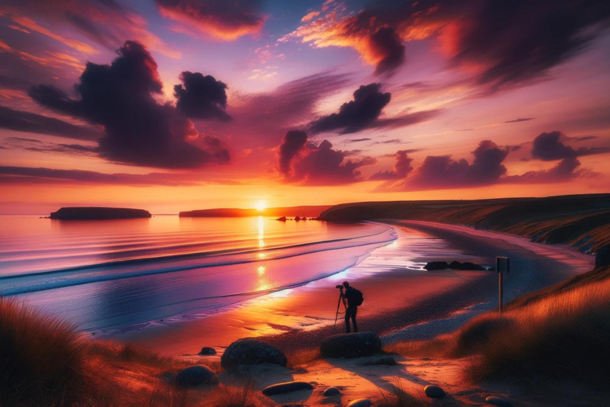
Capturing the Perfect Sunset: Tips and Techniques
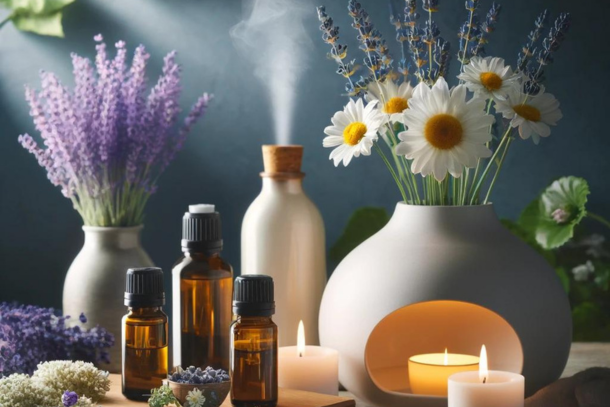
The Benefits of Aromatherapy: Essential Oils for Relaxation
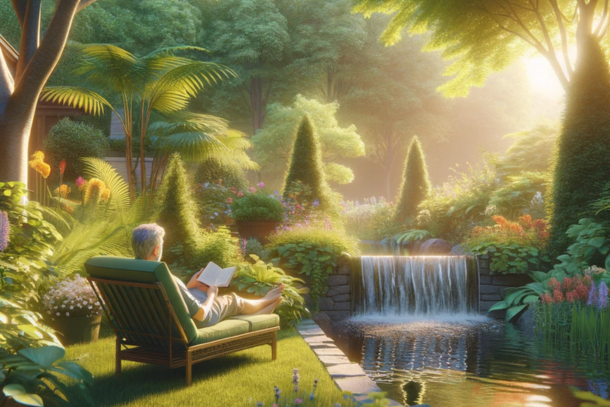
Embracing Calm: Innovative Ways to Relax in the New Year
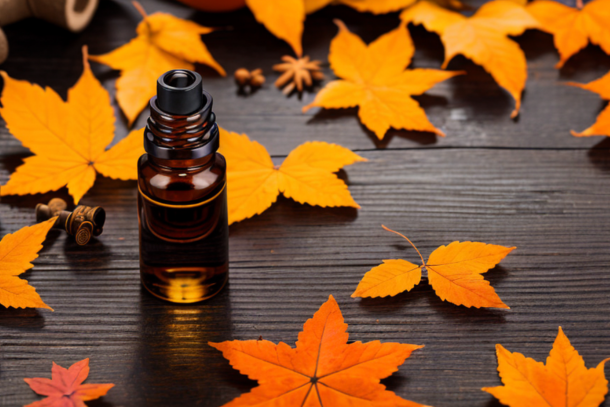
Autumn Aromatherapy: Essential Oils for Relaxation
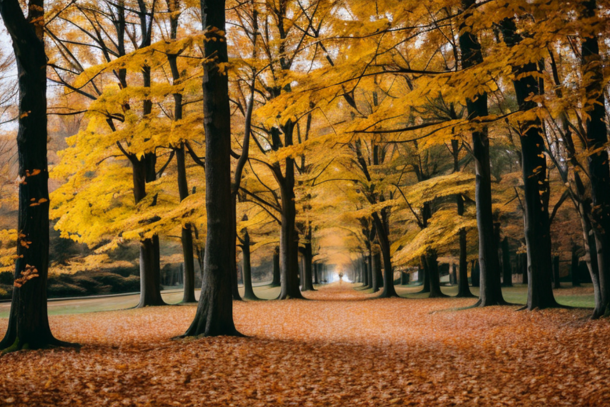
Embracing Autumn's Tranquillity: Finding Peace in the UK's Golden Season
